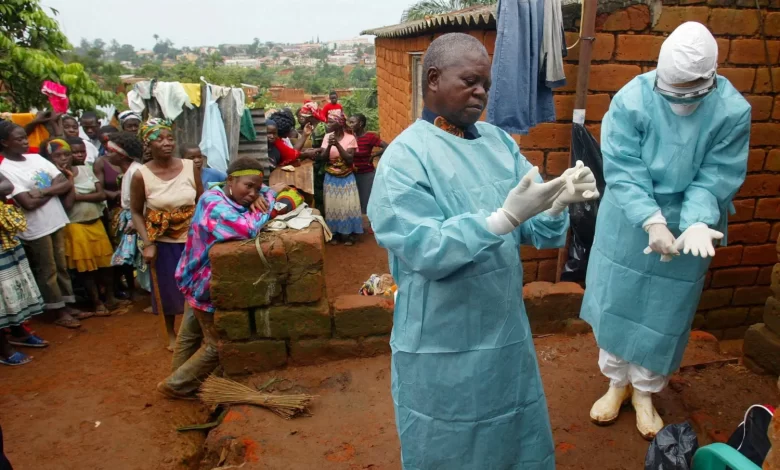InternationalNews
World Health Organization Suspects Marburg Virus Caused Eight Deaths in Tanzania

The World Health Organization (WHO) announced on Wednesday that a potential outbreak of the Marburg virus in Tanzania has caused eight deaths.
WHO Director-General Tedros Adhanom Ghebreyesus said at a press conference, “We are aware of nine cases so far, including eight deaths. We expect more cases in the coming days as disease surveillance improves.” He added, “The WHO has offered full assistance to the Tanzanian government and affected communities.”
This warning comes less than a month after the WHO announced a three-month Marburg virus outbreak in neighboring Rwanda, which resulted in 15 deaths. Marburg virus causes a highly contagious hemorrhagic fever. It is transmitted to humans from fruit bats and belongs to the same family of viruses as Ebola. The fatality rate for infected individuals can be as high as 90%, and Marburg fever is often accompanied by bleeding and organ failure.
According to the WHO, the Kagera region saw the first Marburg outbreak in March 2023, which lasted about two months. During that period, nine people were infected, six of whom died. The organization noted that “reservoir animals, such as fruit bats, remain endemic in the region.”
The WHO explains that the Marburg virus causes “severe viral hemorrhagic fever in humans, with symptoms such as fever, headache, back pain, muscle aches, abdominal pain, vomiting, confusion, diarrhea, and bleeding in the very late stages.” It warns that “although Marburg virus disease is rare, it remains a serious public health threat due to the high fatality rate and the lack of effective antiviral treatments or vaccines.”
In its statement, the United Nations agency clarified that its assessment of the risk of the virus spreading in Tanzania was “high” due to several concerning factors. Notably, the known fatality rate is high at 89%, the source of the outbreak is currently unknown, and the reported cases are spread across two regions, indicating “geographical spread” of the disease. The organization also pointed out that “delays in detecting and isolating cases, along with ongoing contact tracing,” suggest a lack of “complete information” about the outbreak.
Regarding the risk assessment of the virus spreading in the region, the WHO explained that the reason for the “high” rating was due to “Kagera’s strategic location as a transit hub with significant cross-border movement of people to Rwanda, Uganda, Burundi, and the Democratic Republic of the Congo.”
It also noted that some suspected cases have been recorded in areas near international borders, “highlighting the possibility of the disease spreading to neighboring countries.” On X (formerly Twitter), Tedros said, “We recommend that neighboring countries be on alert and ready to manage potential cases. At this time, we do not recommend imposing travel or trade restrictions with Tanzania.”
In its statement, the WHO reassured that the Marburg virus does not spread easily, and transmission typically requires direct contact with bodily fluids of a patient showing clear symptoms. As for the possibility of a global outbreak, the WHO said the risk is “low” at this stage, as there is no confirmation of global spread, but it emphasized the need to strengthen surveillance.



